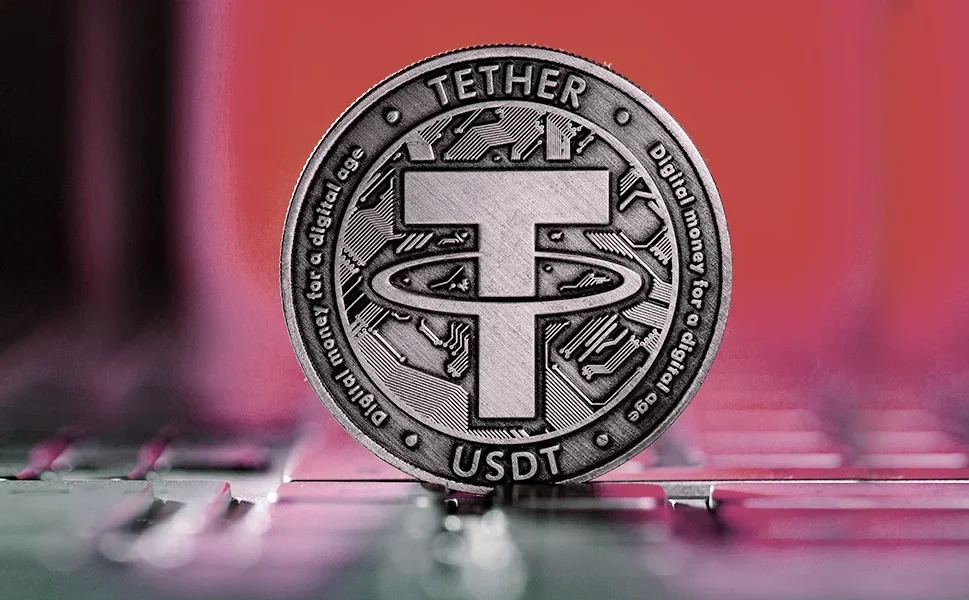Exploring What Is A Tether Violations: What They Are and Why They Matter

What Is A Tether Violation And The Operations
Tether is normally known as USDT, is an a stablecoin that aims to keep a 1:1 peg to traditional currencies such as the US dollar. With the help of Tether Limited’s reserves, which are normally supported by the investments, loans, and cash equivalents. Tether uses their blockchain technology allows to make a quick and easy transfers between different cryptocurrency platforms.
What Is A Tether Violation Indications
It takes a sophisticated understanding of legal frameworks and market dynamics to spot possible Tether infractions. Several indicators that may indicate Tether breaches are as follows:
- Price Volatility: Unexpected changes in Tether’s price, especially ones that deviate from its fixed value, may indicate speculative trading or market manipulation.
- Abnormal Trading Patterns: Unusual trading volumes for Tether, such as sudden spikes or recurring examples of buy/sell orders, could be signs of attempts to manipulate market prices.
- Lack of Transparency: The validity and stability of the symbols may be questioned if Tether’s reserve property, audit reports, or regulatory compliance measures are not sufficiently disclosed.
What Is A Tether Violation Types
Different arrangements can result in tether violations, and each one affects investor trust and market integrity differently. The following are examples of typical tether violations:
Market manipulation: Knowingly attempts to use planned trading techniques, wash dumping, or spoofing to artificially raise or lower the price of Tether.
The manufacturing and distribution of Tether tokens without the required authorization or approval from regulators is known as “unauthorized issuance,” which raises questions about possible market manipulation and liquidity risks.
Insider trading refers to the improper abuse of access to Tether’s operations or insider knowledge in order to gain unfair advantages at the expense of other market participants.
The Effects of Tether Violation
The effects of Tether violations can be felt throughout the cryptocurrency ecosystem and other financial markets. Among the possible consequences are:
- Market Disruption: Violations can cause chaos with the stability of the market, leading to increased volatility, less liquidity, and elevated investment risk.
- Stricter oversight: procedures, fines, and authorizations may be imposed by regulatory bodies as a means of investigating misbehavior with Tether.
- Loss of Trust: Consistent breaches have the potential to erode investor trust in Tether’s stability, openness, and governance, which might lead to a decline in adoption and use.
Typical Myths of What Is A Tether Violation
There are some untruths regarding Tether violations and stablecoin operations in general, despite the fact that Tether is extensively utilized and powerful. Among these myths are:
- Overestimation of Backing Reserves: Some acknowledge that Tether’s reserves are either overstated or poorly backed, which raises concerns about the company’s ability to maintain stability in the face of changes in the market.
- Effect on Market Stability: There has been discussion on whether Tether’s activities, particularly any violations, have an overall impact on the stability of the cryptocurrency market as a whole or, conversely, if separate incidents occur.
- Regulatory Compliance: Tether’s adherence to current regulatory frameworks, audits, and transparency requirements is called into question, raising concerns about its legal standing and potential future regulatory proceedings.
Stopping Tether Violations
In order to reduce the possibility of Tether violations and create a simpler and more robust cryptocurrency ecosystem, partners should take proactive measures, such as
- Enhanced transparency: By providing regular audits, detailed reserve reports, and clear communication regarding compliance measures, ether backers and exchanges can further enhance transparency.
- Regulatory Cooperation: Strong regulatory frameworks and best practices for stablecoin operations can be improved through collaboration between industry players, regulatory bodies, and standard-setting organizations.
- Education of Investors: Educating investors on the advantages, disadvantages, and proper use of stablecoins such as Tether can encourage them to make intelligent choices and avoid common errors.
The Regulation of Tether in the Future
The regulation of Tether and stablecoins is likely to undergo significant changes if the cryptocurrency market develops further. Possible future developments could be:
- Regulatory Explicitness: To improve investor safety and market stability, precise rules and laws governing stablecoin issuance, operations, and behavior are needed.
- Technological Advancements: The management and application of stablecoins such as Tether may be affected by developments in blockchain technology, intelligent contracts, and decentralized finance (DeFi).
- Global Coordination: To handle cross-border issues and ensure consistent regulatory requirements for stablecoin ecosystems, regulatory agencies and financial institutions ought to work more globally.
In summary
Read Trending Articles : OWNER DISTRIBUTION IS WHAT KIND OF ACCOUNT


